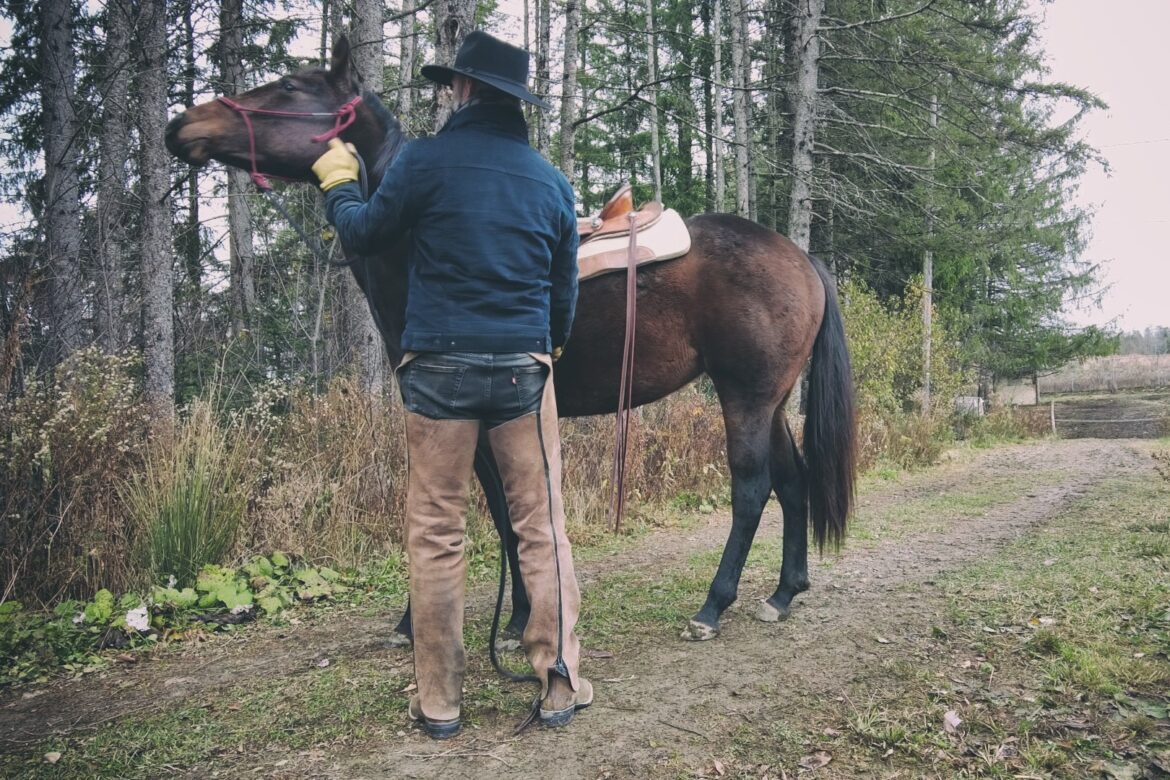Most of the time, a cinchy horse does not misbehave as a result of a health issue, but as a result of disrespect toward humans.
Table of Contents
Prerequisites
The Groundwork Fundamentals are the very basics you should go through with all horses in order to introduce to each other, and to make sure you can control the horse’s moves.
Security
First, you should pay attention to your position, i.e. on the side of the horse, at about the level of his shoulder. By doing so, the only possible danger you have to protect yourself against is a biting horse. Raise your left hand before you, between the horse’s head and yours. If he tries to turn his head around to bite you, he will be caught by your hand in the middle of the move, and will stop short…
Fixing a cinchy horse
Most of the time, a horse that tries to kick and bite when you pull up and tighten the cinch is expressing his desire to be left alone. Sure, he would love to spend all his time grazing in the pasture, but it can be much more exciting to spend time with a respectful and loving rider. So, we just have to teach him how to behave when we come with the saddle.
Pay attention to the security instructions as mentioned here above. Then, gently pull on the cinch and tighten it up, lightly, and release, and pull, and release, and pull… in rhythm. Observe your horse in the meantime: if he tries to bite you, your hand will be here to block his head; and if, on the contrary, he starts to soften and show a sign of relaxation, just release completely the pressure and pet your horse. He’s now ready to be properly saddled.
Tip:
Desensitizing your horse to the lead rope when he is young, or when you start working with him for the first time can be extremely helpful. It is definitely easier to handle a light rope rather than a saddle. So, just get your horse used to the rope on his back and around the belly. Later, tighten the rope around that belly, it will be a taste of the cinch to come…
